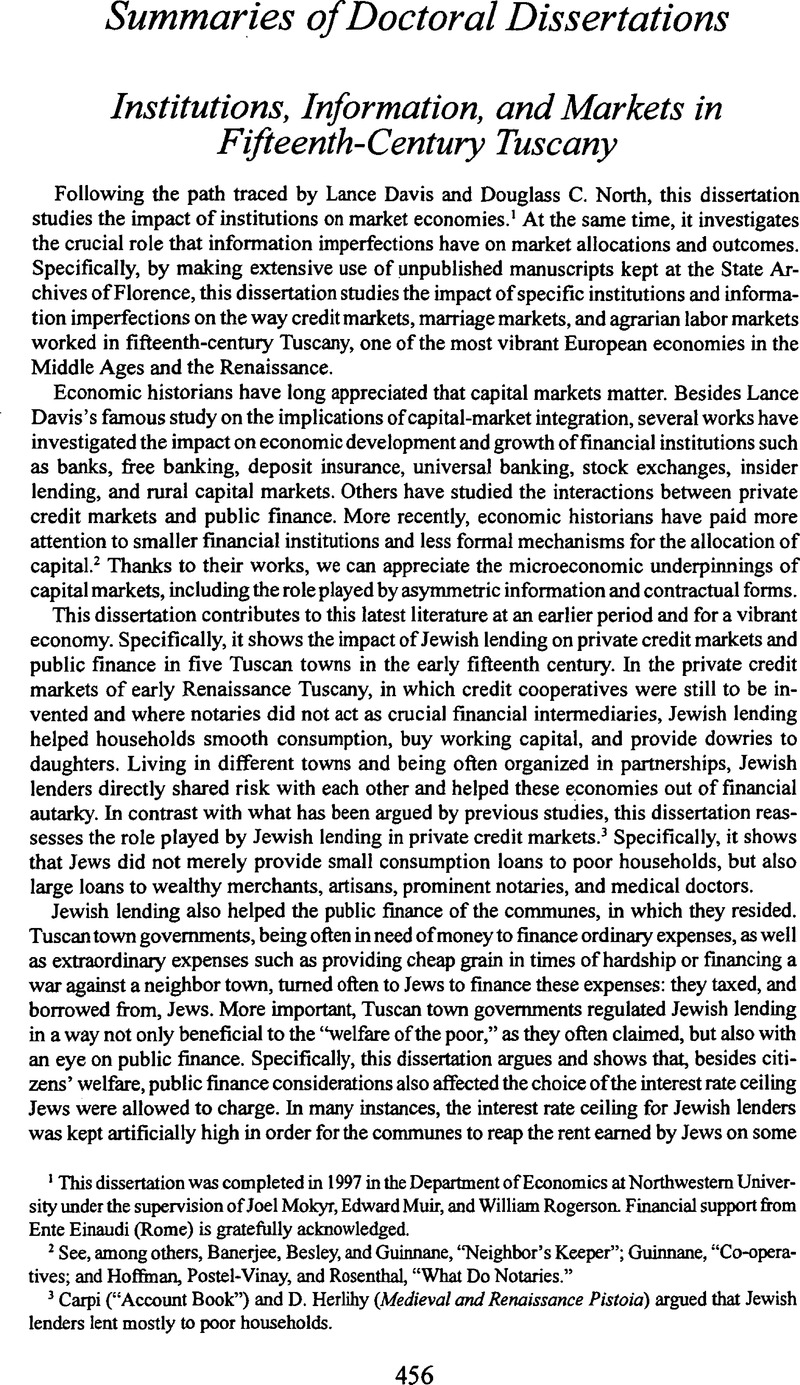Crossref Citations
This article has been cited by the following publications. This list is generated based on data provided by Crossref.
Jacobi, Lauren
2019.
The Architecture of Banking in Renaissance Italy.



